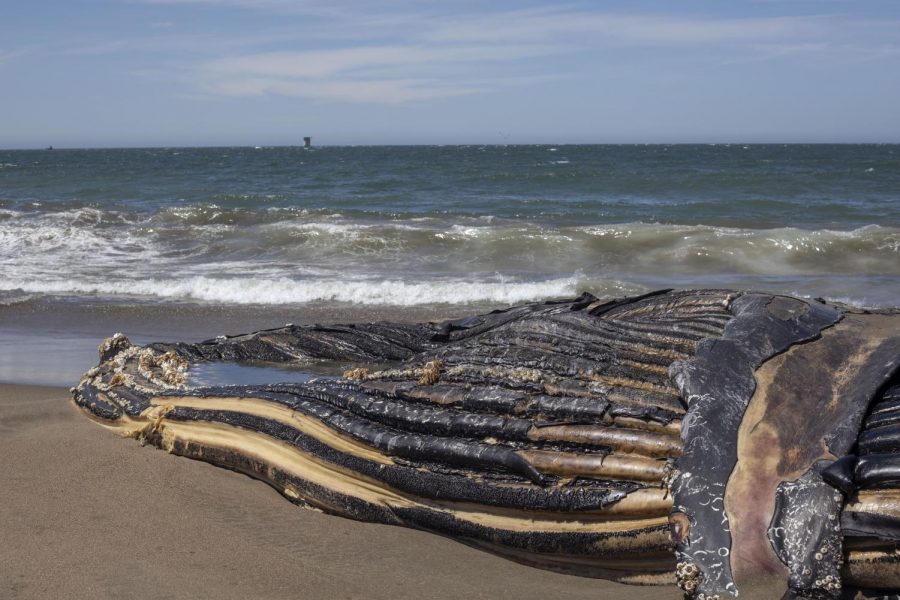While scouring tidal marshes, areas of low land that are flooded during high tide, researchers look into how the Suisun thistle, a once widespread plant species, is now only located in small sectors.
“This project sort of fell into my lap when I started here,” said Morgan Stickrod, an SF State graduate and one of the Suisun thistle researchers who works in professor V. Thomas Parker’s lab.
In the early 2000s the U.S. government declared the Bay Area native plant species, known scientifically as Cirsium hydrophilum, endangered. The thistle, according to Stickrod, is a high priority for researchers because it grows in tidal marshes, which are affected heavily by climate change and rising sea levels.
The species hasn’t been studied much by others, leaving many open questions about its genetics, population and ecology — factors that would already be known for most plants, he said.
“The primary focus of my research started with me taking a more broad look at the marsh, [asking myself] why is [the Suisun thistle] endangered?” Stickrod said. “Why can it only be found in these tiny pockets of land?”
Stickrod’s study began with him looking into the dispersal dynamics, which is how all plants species spread out within the marsh.

“I’ve taken soil seed bank cores, which means you take multiple soil cores at different parts of the marsh that correspond to different levels of daily inundations,” Stickrod said. “As the tides come in, the marsh gets submerged, so you get these zones that start to show what things can grow there.”
These observations of the tidal marsh started to show predictable vegetation patterns highlighting main areas where the Suisun thistle would grow.
“The thistles tend to only occur in the middle areas of the marsh,” Stickrod said. “Looking at the soil seed banks there’s plenty of seeds sitting in the soil, but only a handful of them are able to germinate successfully within those zones. Looking at how the seeds are dispersed we’re hoping to find out what’s limiting the thistle, what’s stopping it from growing throughout certain areas of the marsh.”
The use of a broader scale experiment, Stickrod said, will help the lab pinpoint what’s affecting the population growth of the thistle.
Stickrod said he and his colleagues hope that by the end of the study they’ll be able to take all their research and create a long-term management plan for the Suisun thistle.















